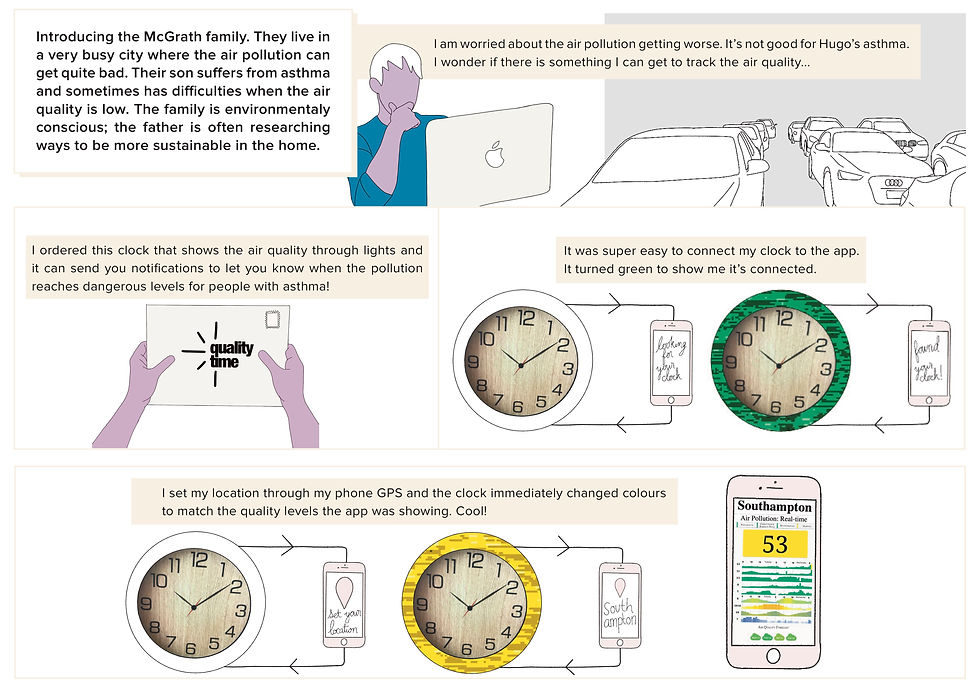011 CATALYTIC CLOTHING
- tiffanybachelet
- Jan 22, 2020
- 2 min read
Updated: May 4, 2020
The science behind it (notes)

This project was created by the Helen Storey Foundation.
Nanotechnology : control, manipulation if matter on the molecular scale
Catalyst : describes something that makes a reaction at a greater rate but isn’t actually consumed during that reaction
Photocatalyst : gains the energy it needs to be active from light
The two biggest sources of airborne pollutants are industry and motor vehicles. Although the majority of the pollutants are presented form reaching the air, using technology such as catalytic converters, some do escape.
How are the pollutants broken down?
When the light shines on the photocatalyst, the electrons in the materials are rearranged an they become more reactive. These electrons are then able to react with the water in the air and break it apart into 2 radicals.
Radical : an extremely reactive molecule
These radicals then react with the pollutants and cause them to break down into non-harmful chemicals
How is the technology delivered to the surface of the clothing?
During the traditional laundry procedure an additive is added within a standard product, such as fabric conditioner. The additive agent is packaged within a shell that is attracted to (and subsequently binds to) the surface of the clothing during the wash cycle.
Although any garment that is treated with the product becomes active, a single garment is only able to remove a small proportion of airborne pollutants. Therefore a large number of individuals all acting together is required to create a noticeable reduction in the level of pollution.
We need mass participation.
Catalytic clothing doesn't attract pollutants, it simply breaks down anything that comes within very close proximity of the photocatalyst's surface.
The aim is that this technology is eventually able to work with all fabrics. Currently works with cotton.
The fabric has to be in movement to work, if it's moving quickly enough, then one square meter of coated fabric can take out 0.5g of NOx per day.
I found these projects to be incredibly interesting in the way that we can combine the technology with everyday clothes. Will we be able to actively combat pollution effortlessly through our clothes?
All this information was taken from this website : http://www.catalytic-clothing.org/faq.html


Comments